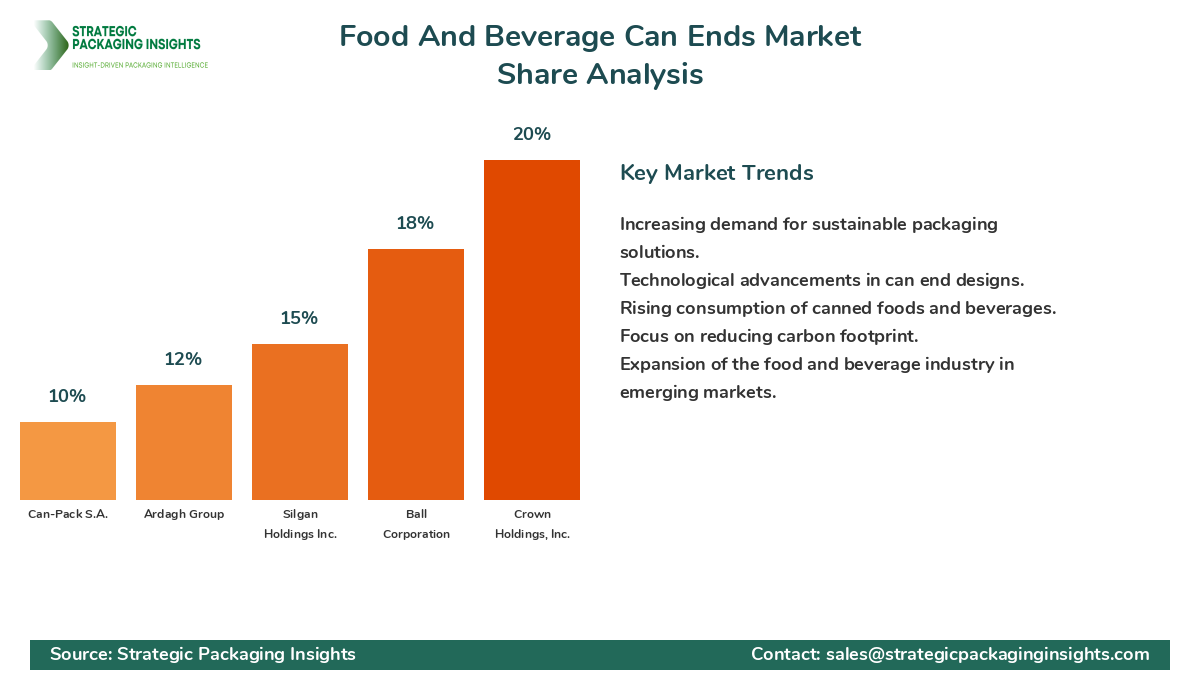- Home
- Beverage Packaging
- Food And Beverage Can Ends Market Size, Future Growth and Forecast 2033
Food And Beverage Can Ends Market Size, Future Growth and Forecast 2033
Food And Beverage Can Ends Market Segments - by Material Type (Aluminum, Steel), Application (Food, Beverages), End-User (Manufacturers, Distributors, Retailers), and Region (Asia Pacific, North America, Latin America, Europe, and Middle East & Africa) - Market Dynamics, Growth Opportunities, Strategic Drivers, and PESTLE Outlook (2025–2033)
Food And Beverage Can Ends Market Outlook
The Food and Beverage Can Ends market was valued at $8.5 billion in 2024 and is projected to reach $12.3 billion by 2033, growing at a CAGR of 4.2% during the forecast period 2025-2033. This market is driven by the increasing demand for convenient and Sustainable Packaging solutions in the food and beverage industry. The shift towards eco-friendly packaging materials and the rising consumption of canned foods and beverages are significant factors contributing to market growth. Additionally, technological advancements in can end manufacturing, such as easy-open and resealable ends, are enhancing product appeal and consumer convenience, further propelling market expansion.
However, the market faces challenges such as stringent environmental regulations and the fluctuating prices of raw materials like aluminum and steel. These factors can impact production costs and profit margins for manufacturers. Despite these challenges, the market holds substantial growth potential due to the increasing focus on recycling and the development of innovative can end designs that cater to consumer preferences for sustainability and convenience. The growing trend of urbanization and the busy lifestyles of consumers are also expected to drive the demand for canned products, thereby boosting the market for can ends.
Report Scope
| Attributes | Details |
| Report Title | Food And Beverage Can Ends Market Size, Future Growth and Forecast 2033 |
| Base Year | 2024 |
| Historic Data | 2017-2023 |
| Forecast Period | 2025-2033 |
| Number of Pages | 106 |
| Material Type | Aluminum, Steel |
| Application | Food, Beverages |
| End-User | Manufacturers, Distributors, Retailers |
| Region | North America, Europe, Asia-Pacific, Latin America, Middle East & Africa |
| Customization Available | Yes* |
Key Highlights Food And Beverage Can Ends Market
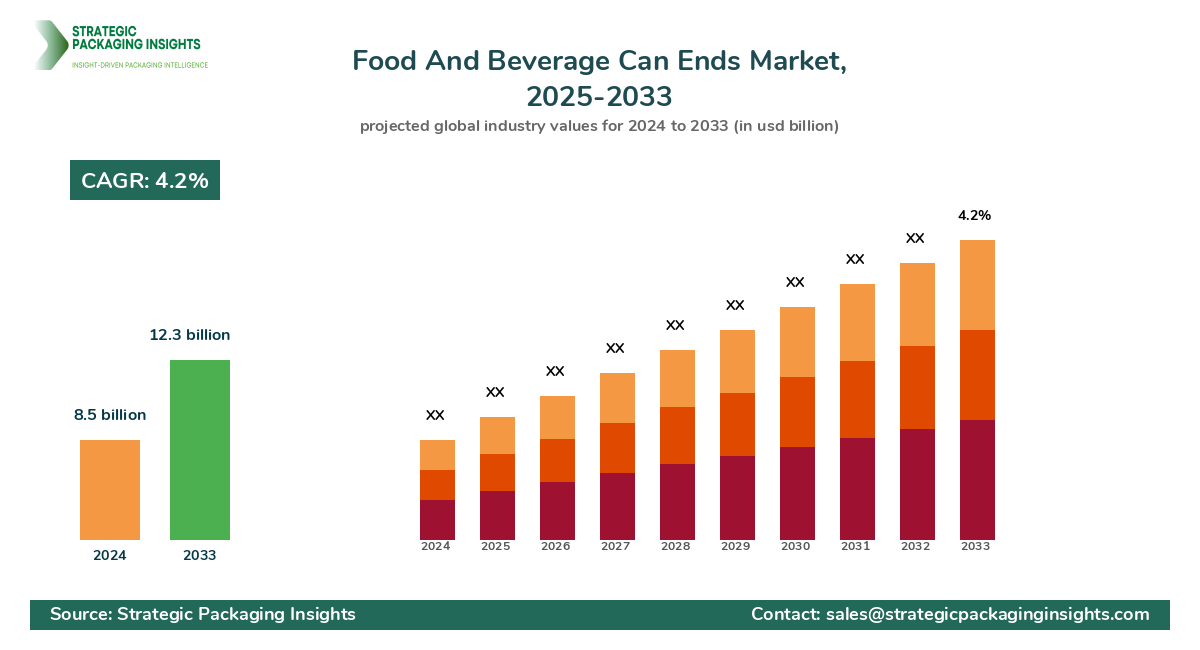
- Increasing demand for sustainable and recyclable packaging solutions.
- Technological advancements in can end designs, such as easy-open and resealable features.
- Rising consumption of canned foods and beverages globally.
- Growing focus on reducing carbon footprint through eco-friendly packaging.
- Fluctuating raw material prices impacting production costs.
- Stringent environmental regulations influencing market dynamics.
- Expansion of the food and beverage industry in emerging markets.
- Innovations in lightweight and durable can end materials.
- Strategic partnerships and collaborations among key players to enhance market presence.
- Increasing urbanization and changing consumer lifestyles driving demand for convenient packaging.
Competitive Intelligence
The Food and Beverage Can Ends market is highly competitive, with key players focusing on innovation, sustainability, and strategic partnerships to maintain their market positions. Leading companies such as Crown Holdings, Inc., Ball Corporation, and Silgan Holdings Inc. dominate the market with significant market shares. Crown Holdings, Inc. is known for its extensive product portfolio and strong focus on sustainability, offering a range of eco-friendly can end solutions. Ball Corporation emphasizes innovation and has a robust geographic presence, catering to diverse consumer needs across regions. Silgan Holdings Inc. focuses on client retention and has a strong foothold in the North American market.
Other notable players include Ardagh Group, Can-Pack S.A., and Toyo Seikan Group Holdings, Ltd., each with unique strengths and market strategies. Ardagh Group is recognized for its innovative packaging solutions and strong client relationships, while Can-Pack S.A. is expanding its geographic reach through strategic acquisitions. Toyo Seikan Group Holdings, Ltd. focuses on technological advancements and sustainability initiatives to differentiate itself in the market. Companies like CPMC Holdings Limited and Orora Limited are gaining ground by enhancing their product offerings and expanding their market presence through strategic collaborations and partnerships.
Regional Market Intelligence of Food And Beverage Can Ends
In North America, the Food and Beverage Can Ends market is valued at $2.5 billion and is expected to grow steadily due to the high consumption of canned beverages and foods. The region's focus on sustainability and recycling initiatives is driving the demand for eco-friendly can ends. In Europe, the market is valued at $2.1 billion, with a strong emphasis on reducing carbon emissions and promoting sustainable packaging solutions. The Asia-Pacific region, valued at $3.2 billion, is experiencing rapid growth due to increasing urbanization, rising disposable incomes, and the expanding food and beverage industry. Latin America and the Middle East & Africa, valued at $0.5 billion and $0.2 billion respectively, are also witnessing growth, driven by the increasing demand for convenient packaging solutions and the expansion of the food and beverage sector.
Top Countries Insights in Food And Beverage Can Ends
The United States leads the market with a value of $2.0 billion and a CAGR of 3%, driven by high consumption of canned beverages and a strong focus on sustainability. China follows with a market value of $1.5 billion and a CAGR of 5%, supported by rapid urbanization and increasing disposable incomes. Germany, with a market value of $1.0 billion and a CAGR of 4%, emphasizes sustainable packaging solutions and stringent environmental regulations. Brazil, valued at $0.3 billion with a CAGR of 6%, is experiencing growth due to the expanding food and beverage industry. India, with a market value of $0.2 billion and a CAGR of 7%, is driven by increasing demand for convenient packaging solutions and a growing middle-class population.
Food And Beverage Can Ends Market Segments Insights
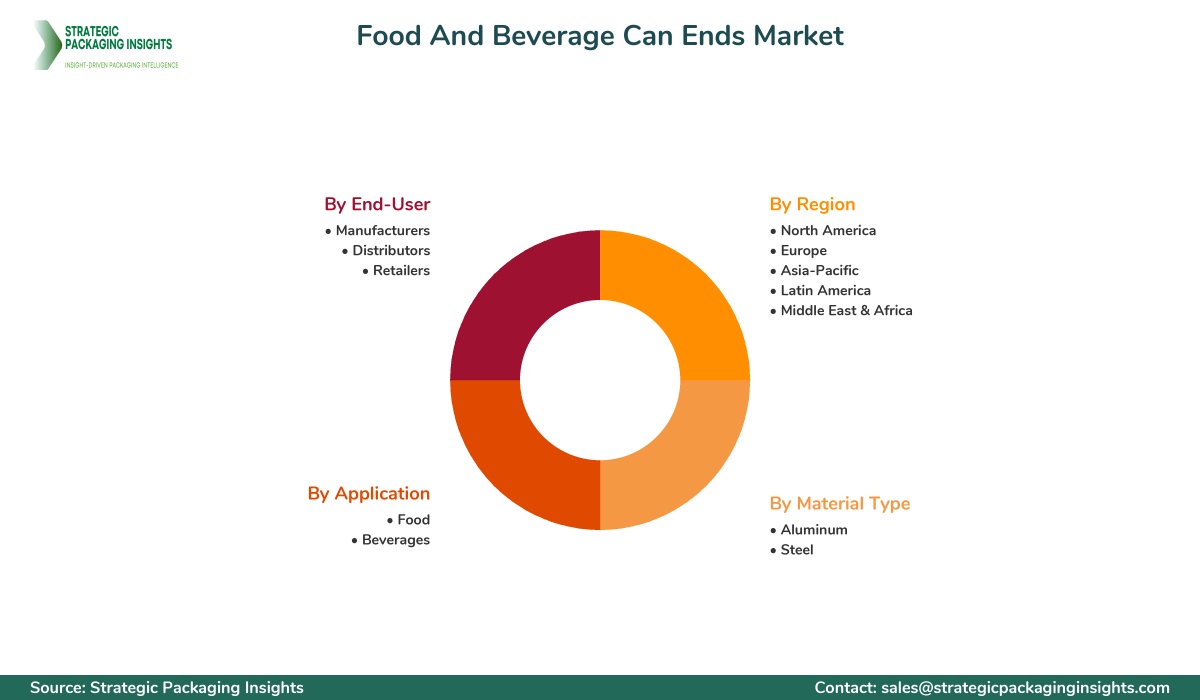
Material Type Analysis
The Food and Beverage Can Ends market is segmented by material type into aluminum and steel. Aluminum can ends are preferred due to their lightweight nature, recyclability, and resistance to corrosion, making them ideal for beverage packaging. The demand for aluminum can ends is driven by the increasing focus on sustainability and the growing consumption of canned beverages. Steel can ends, on the other hand, are favored for food packaging due to their durability and ability to withstand high temperatures during the canning process. The market for steel can ends is supported by the rising demand for canned foods and the need for long shelf-life packaging solutions.
Aluminum can ends are witnessing significant growth due to technological advancements that enhance their functionality, such as easy-open and resealable features. The trend towards eco-friendly packaging is further boosting the demand for aluminum can ends, as they offer a lower carbon footprint compared to other materials. Steel can ends continue to hold a substantial market share, driven by their cost-effectiveness and the expanding food industry. Manufacturers are focusing on innovation and sustainability to meet consumer demands and regulatory requirements, which is expected to drive the growth of both aluminum and steel can ends in the coming years.
Application Analysis
The application segment of the Food and Beverage Can Ends market is divided into food and beverages. The beverage segment dominates the market, driven by the high consumption of canned drinks such as soft drinks, energy drinks, and alcoholic beverages. The demand for beverage can ends is fueled by the increasing preference for convenient and portable packaging solutions, as well as the growing trend of on-the-go consumption. The food segment is also experiencing growth, supported by the rising demand for canned foods such as soups, vegetables, and ready-to-eat meals.
The beverage segment is characterized by continuous innovation in can end designs, such as easy-open and resealable features, which enhance consumer convenience and product appeal. The food segment is driven by the need for long shelf-life packaging solutions and the increasing popularity of canned foods among busy consumers. Manufacturers are focusing on developing innovative can end designs that cater to consumer preferences for convenience and sustainability, which is expected to drive the growth of both the food and beverage segments in the coming years.
End-User Analysis
The end-user segment of the Food and Beverage Can Ends market includes manufacturers, distributors, and retailers. Manufacturers are the primary end-users, as they require can ends for packaging their products. The demand from manufacturers is driven by the need for efficient and cost-effective packaging solutions that enhance product shelf life and appeal. Distributors and retailers also play a significant role in the market, as they are responsible for the distribution and sale of canned products to consumers.
Manufacturers are focusing on innovation and sustainability to meet consumer demands and regulatory requirements, which is driving the demand for advanced can end solutions. Distributors and retailers are increasingly adopting eco-friendly packaging solutions to align with consumer preferences for sustainability and reduce their environmental impact. The growing trend of online retailing and the expansion of the food and beverage industry are expected to drive the growth of the end-user segment in the coming years.
Regional Analysis
The regional segment of the Food and Beverage Can Ends market is divided into North America, Europe, Asia-Pacific, Latin America, and the Middle East & Africa. North America and Europe are mature markets, characterized by high consumption of canned beverages and foods and a strong focus on sustainability. The Asia-Pacific region is experiencing rapid growth, driven by increasing urbanization, rising disposable incomes, and the expanding food and beverage industry. Latin America and the Middle East & Africa are also witnessing growth, supported by the increasing demand for convenient packaging solutions and the expansion of the food and beverage sector.
In North America, the market is driven by the high consumption of canned beverages and the focus on sustainability and recycling initiatives. Europe is characterized by stringent environmental regulations and a strong emphasis on reducing carbon emissions, which is driving the demand for eco-friendly can ends. The Asia-Pacific region is experiencing rapid growth due to the increasing demand for convenient packaging solutions and the expanding food and beverage industry. Latin America and the Middle East & Africa are also witnessing growth, driven by the increasing demand for convenient packaging solutions and the expansion of the food and beverage sector.
The market share distribution of key players in the Food and Beverage Can Ends market is characterized by the dominance of leading companies such as Crown Holdings, Inc., Ball Corporation, and Silgan Holdings Inc. These companies hold significant market shares due to their extensive product portfolios, strong focus on sustainability, and strategic partnerships. Crown Holdings, Inc. is known for its innovative can end solutions and strong client relationships, while Ball Corporation emphasizes innovation and has a robust geographic presence. Silgan Holdings Inc. focuses on client retention and has a strong foothold in the North American market.
Other notable players include Ardagh Group, Can-Pack S.A., and Toyo Seikan Group Holdings, Ltd., each with unique strengths and market strategies. Ardagh Group is recognized for its innovative packaging solutions and strong client relationships, while Can-Pack S.A. is expanding its geographic reach through strategic acquisitions. Toyo Seikan Group Holdings, Ltd. focuses on technological advancements and sustainability initiatives to differentiate itself in the market. Companies like CPMC Holdings Limited and Orora Limited are gaining ground by enhancing their product offerings and expanding their market presence through strategic collaborations and partnerships.
Food And Beverage Can Ends Market Segments
The Food And Beverage Can Ends market has been segmented on the basis of
Material Type
- Aluminum
- Steel
Application
- Food
- Beverages
End-User
- Manufacturers
- Distributors
- Retailers
Region
- North America
- Europe
- Asia-Pacific
- Latin America
- Middle East & Africa
Primary Interview Insights
What are the key drivers of growth in the Food and Beverage Can Ends market?
What challenges does the Food and Beverage Can Ends market face?
How are companies addressing sustainability in the Food and Beverage Can Ends market?
What role does innovation play in the Food and Beverage Can Ends market?
Which regions are experiencing the fastest growth in the Food and Beverage Can Ends market?
Latest Reports

The Hot Melt Glue Labeler market was valued at $1.2 billion in 2024 and is projected to reach $2.3 billion by 2033, growing at a CAGR of 6.5% during the forecast period 2025–2033.

The Ethical Label market was valued at $1.5 billion in 2024 and is projected to reach $3.2 billion by 2033, growing at a CAGR of 8.5% during the forecast period 2025–2033.

The Packaging Tensioner market was valued at $1.2 billion in 2024 and is projected to reach $2.3 billion by 2033, growing at a CAGR of 6.5% during the forecast period 2025–2033.
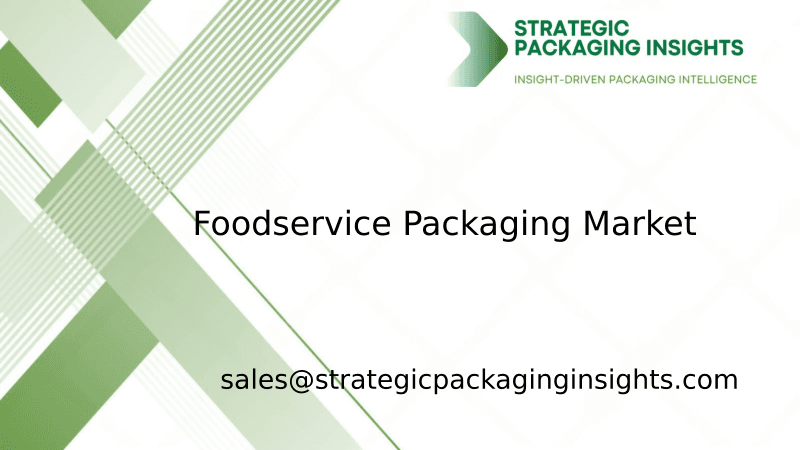
The foodservice packaging market was valued at $120 billion in 2024 and is projected to reach $180 billion by 2033, growing at a CAGR of 4.5% during the forecast period 2025–2033.

The nano-enabled packaging market was valued at $15.2 billion in 2024 and is projected to reach $35.6 billion by 2033, growing at a CAGR of 9.5% during the forecast period 2025–2033.

The Cold Seal Packaging market was valued at $1.5 billion in 2024 and is projected to reach $2.3 billion by 2033, growing at a CAGR of 4.8% during the forecast period 2025–2033.

The Transparent Barrier Packaging Films market was valued at $12.5 billion in 2024 and is projected to reach $20.3 billion by 2033, growing at a CAGR of 5.8% during the forecast period 2025–2033.

The Flatback Tape market was valued at $2.5 billion in 2024 and is projected to reach $4.1 billion by 2033, growing at a CAGR of 5.8% during the forecast period 2025–2033.

The packer bottle market was valued at $3.5 billion in 2024 and is projected to reach $5.8 billion by 2033, growing at a CAGR of 5.2% during the forecast period 2025–2033.

The Canada Nano-Enabled Packaging Food Beverages market was valued at $1.2 billion in 2024 and is projected to reach $3.5 billion by 2033, growing at a CAGR of 12.5% during the forecast period 2025–2033.

The India Aluminum Beverage Can market was valued at $1.2 billion in 2024 and is projected to reach $2.5 billion by 2033, growing at a CAGR of 8.5% during the forecast period 2025–2033.
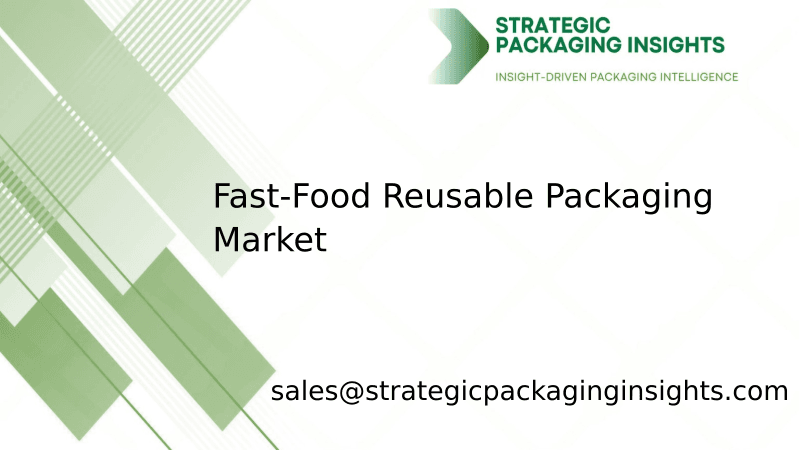
The fast-food reusable packaging market was valued at $1.2 billion in 2024 and is projected to reach $3.5 billion by 2033, growing at a CAGR of 12.5% during the forecast period 2025–2033.

The pallets market was valued at $59.91 billion in 2024 and is projected to reach $88.69 billion by 2033, growing at a CAGR of 4.5% during the forecast period 2025–2033.

The lamination adhesives market was valued at $2.5 billion in 2024 and is projected to reach $4.1 billion by 2033, growing at a CAGR of 5.8% during the forecast period 2025–2033.

The garment packing machine market was valued at $1.2 billion in 2024 and is projected to reach $2.5 billion by 2033, growing at a CAGR of 8.5% during the forecast period 2025–2033.
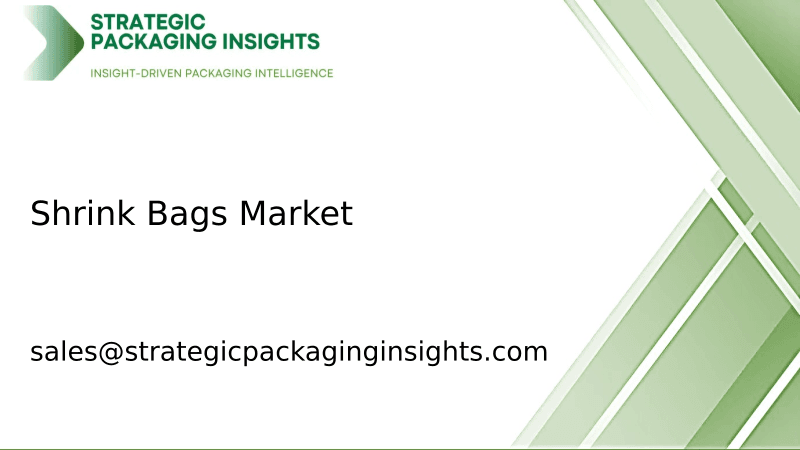
The shrink bags market was valued at $3.5 billion in 2024 and is projected to reach $5.8 billion by 2033, growing at a CAGR of 5.2% during the forecast period 2025–2033.

The beverage packaging market was valued at $128 billion in 2024 and is projected to reach $186 billion by 2033, growing at a CAGR of 4.2% during the forecast period 2025–2033.

The North America Freight and Logistics market was valued at $1,200 billion in 2024 and is projected to reach $1,800 billion by 2033, growing at a CAGR of 4.5% during the forecast period 2025–2033.

The Anti-Counterfeiting Packaging market was valued at $105 billion in 2024 and is projected to reach $182 billion by 2033, growing at a CAGR of 6.5% during the forecast period 2025–2033.

The Active and Modified Atmospheric Packaging market was valued at $15.2 billion in 2024 and is projected to reach $25.8 billion by 2033, growing at a CAGR of 6.5% during the forecast period 2025–2033.

The molded fiber packaging market was valued at $7.5 billion in 2024 and is projected to reach $12.3 billion by 2033, growing at a CAGR of 5.8% during the forecast period 2025–2033.

The micro packaging market was valued at $1.2 billion in 2024 and is projected to reach $2.5 billion by 2033, growing at a CAGR of 8.5% during the forecast period 2025–2033.

The Anti-counterfeit Pharmaceuticals Packaging market was valued at $80 billion in 2024 and is projected to reach $150 billion by 2033, growing at a CAGR of 7.5% during the forecast period 2025–2033.

The MDO-PE Film market was valued at $3.5 billion in 2024 and is projected to reach $5.8 billion by 2033, growing at a CAGR of 5.2% during the forecast period 2025–2033.

The compostable pouch market was valued at $1.2 billion in 2024 and is projected to reach $3.5 billion by 2033, growing at a CAGR of 12.5% during the forecast period 2025–2033.

The Hot Melt Glue Labeler market was valued at $1.2 billion in 2024 and is projected to reach $2.3 billion by 2033, growing at a CAGR of 6.5% during the forecast period 2025–2033.

The Ethical Label market was valued at $1.5 billion in 2024 and is projected to reach $3.2 billion by 2033, growing at a CAGR of 8.5% during the forecast period 2025–2033.

The Packaging Tensioner market was valued at $1.2 billion in 2024 and is projected to reach $2.3 billion by 2033, growing at a CAGR of 6.5% during the forecast period 2025–2033.

The foodservice packaging market was valued at $120 billion in 2024 and is projected to reach $180 billion by 2033, growing at a CAGR of 4.5% during the forecast period 2025–2033.

The nano-enabled packaging market was valued at $15.2 billion in 2024 and is projected to reach $35.6 billion by 2033, growing at a CAGR of 9.5% during the forecast period 2025–2033.

The Cold Seal Packaging market was valued at $1.5 billion in 2024 and is projected to reach $2.3 billion by 2033, growing at a CAGR of 4.8% during the forecast period 2025–2033.

The Transparent Barrier Packaging Films market was valued at $12.5 billion in 2024 and is projected to reach $20.3 billion by 2033, growing at a CAGR of 5.8% during the forecast period 2025–2033.

The Flatback Tape market was valued at $2.5 billion in 2024 and is projected to reach $4.1 billion by 2033, growing at a CAGR of 5.8% during the forecast period 2025–2033.

The packer bottle market was valued at $3.5 billion in 2024 and is projected to reach $5.8 billion by 2033, growing at a CAGR of 5.2% during the forecast period 2025–2033.

The Canada Nano-Enabled Packaging Food Beverages market was valued at $1.2 billion in 2024 and is projected to reach $3.5 billion by 2033, growing at a CAGR of 12.5% during the forecast period 2025–2033.

The India Aluminum Beverage Can market was valued at $1.2 billion in 2024 and is projected to reach $2.5 billion by 2033, growing at a CAGR of 8.5% during the forecast period 2025–2033.

The fast-food reusable packaging market was valued at $1.2 billion in 2024 and is projected to reach $3.5 billion by 2033, growing at a CAGR of 12.5% during the forecast period 2025–2033.

The pallets market was valued at $59.91 billion in 2024 and is projected to reach $88.69 billion by 2033, growing at a CAGR of 4.5% during the forecast period 2025–2033.

The lamination adhesives market was valued at $2.5 billion in 2024 and is projected to reach $4.1 billion by 2033, growing at a CAGR of 5.8% during the forecast period 2025–2033.

The garment packing machine market was valued at $1.2 billion in 2024 and is projected to reach $2.5 billion by 2033, growing at a CAGR of 8.5% during the forecast period 2025–2033.

The shrink bags market was valued at $3.5 billion in 2024 and is projected to reach $5.8 billion by 2033, growing at a CAGR of 5.2% during the forecast period 2025–2033.

The beverage packaging market was valued at $128 billion in 2024 and is projected to reach $186 billion by 2033, growing at a CAGR of 4.2% during the forecast period 2025–2033.

The North America Freight and Logistics market was valued at $1,200 billion in 2024 and is projected to reach $1,800 billion by 2033, growing at a CAGR of 4.5% during the forecast period 2025–2033.

The Anti-Counterfeiting Packaging market was valued at $105 billion in 2024 and is projected to reach $182 billion by 2033, growing at a CAGR of 6.5% during the forecast period 2025–2033.

The Active and Modified Atmospheric Packaging market was valued at $15.2 billion in 2024 and is projected to reach $25.8 billion by 2033, growing at a CAGR of 6.5% during the forecast period 2025–2033.

The molded fiber packaging market was valued at $7.5 billion in 2024 and is projected to reach $12.3 billion by 2033, growing at a CAGR of 5.8% during the forecast period 2025–2033.

The micro packaging market was valued at $1.2 billion in 2024 and is projected to reach $2.5 billion by 2033, growing at a CAGR of 8.5% during the forecast period 2025–2033.

The Anti-counterfeit Pharmaceuticals Packaging market was valued at $80 billion in 2024 and is projected to reach $150 billion by 2033, growing at a CAGR of 7.5% during the forecast period 2025–2033.

The MDO-PE Film market was valued at $3.5 billion in 2024 and is projected to reach $5.8 billion by 2033, growing at a CAGR of 5.2% during the forecast period 2025–2033.

The compostable pouch market was valued at $1.2 billion in 2024 and is projected to reach $3.5 billion by 2033, growing at a CAGR of 12.5% during the forecast period 2025–2033.
